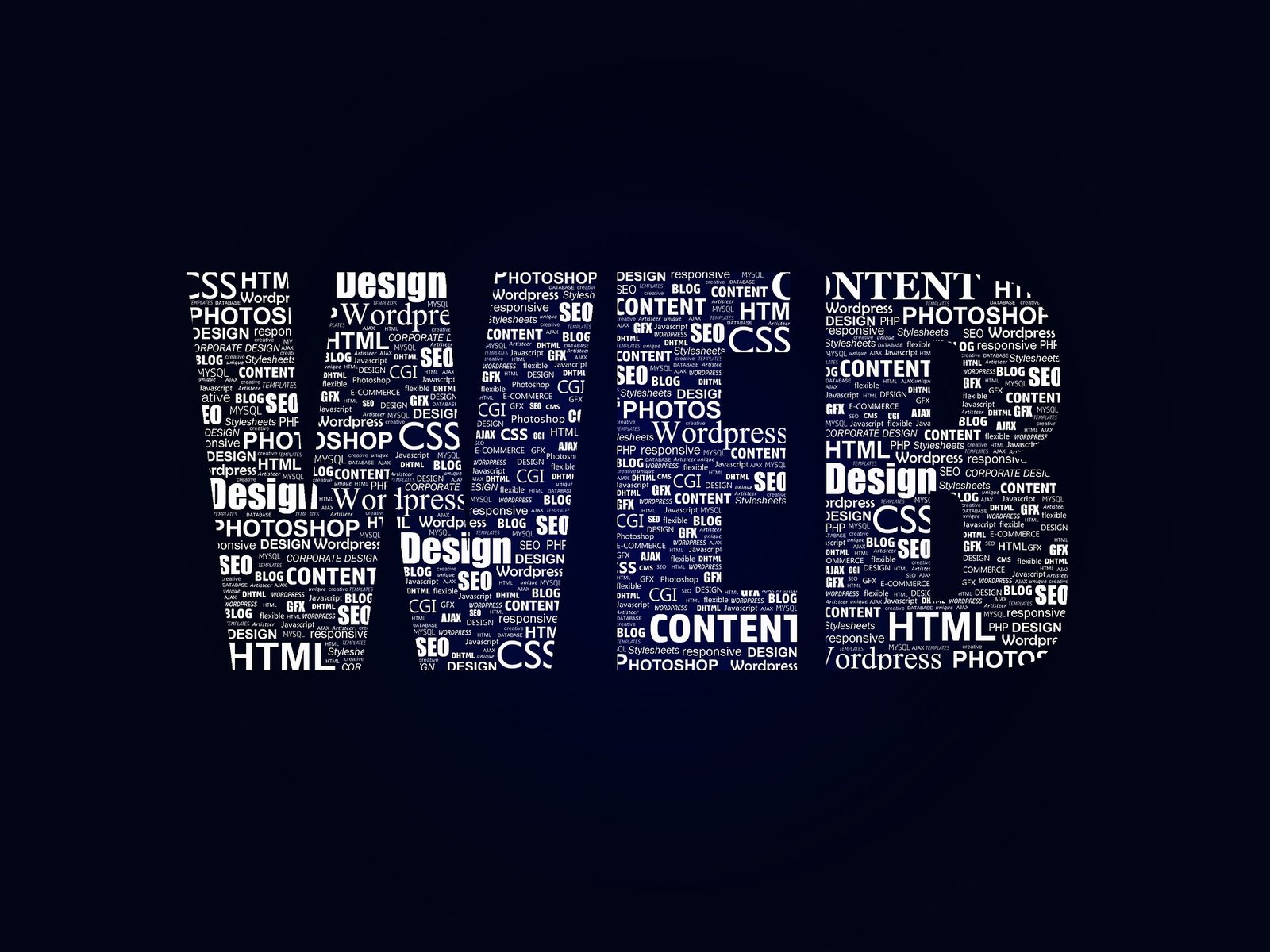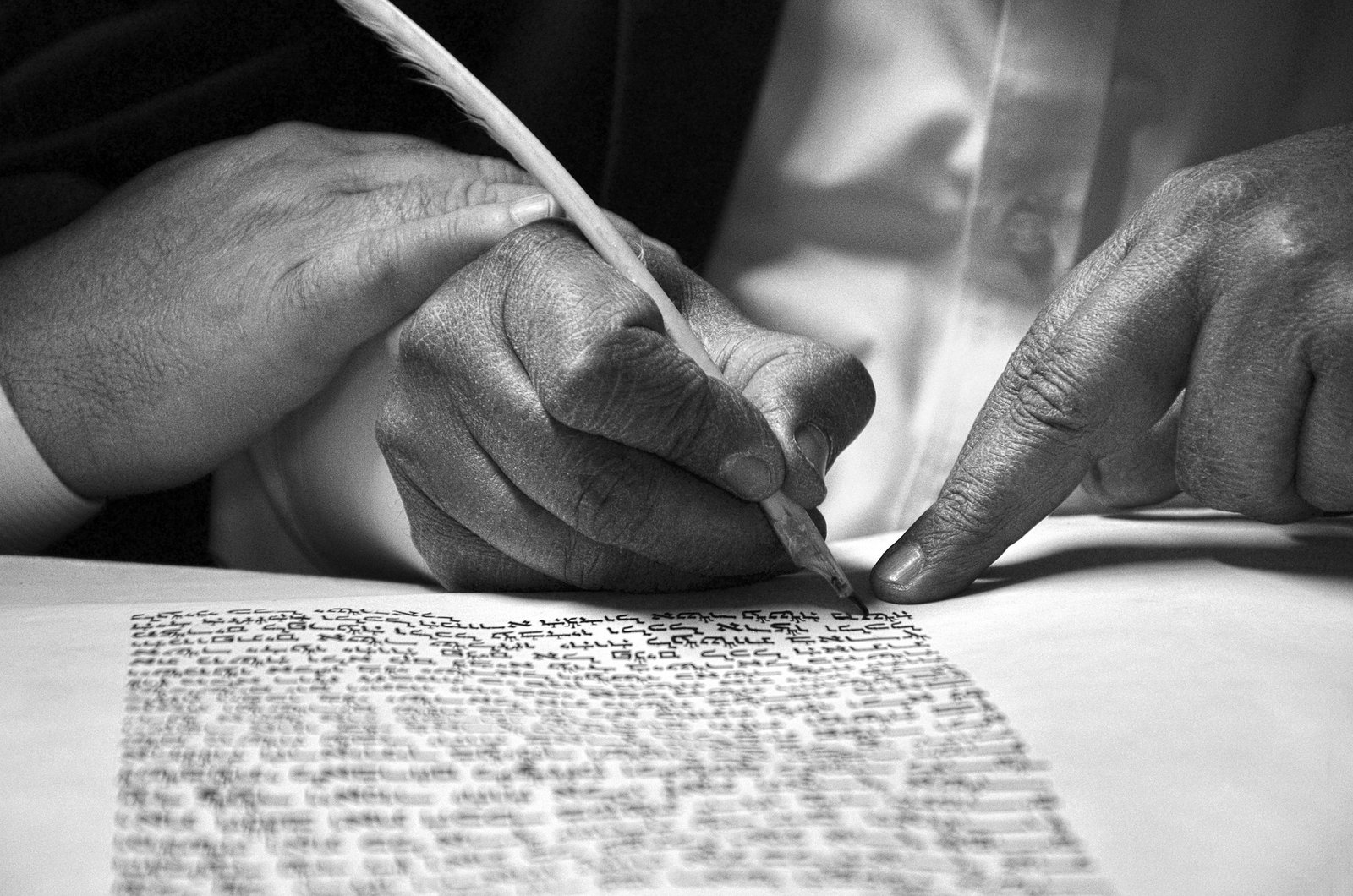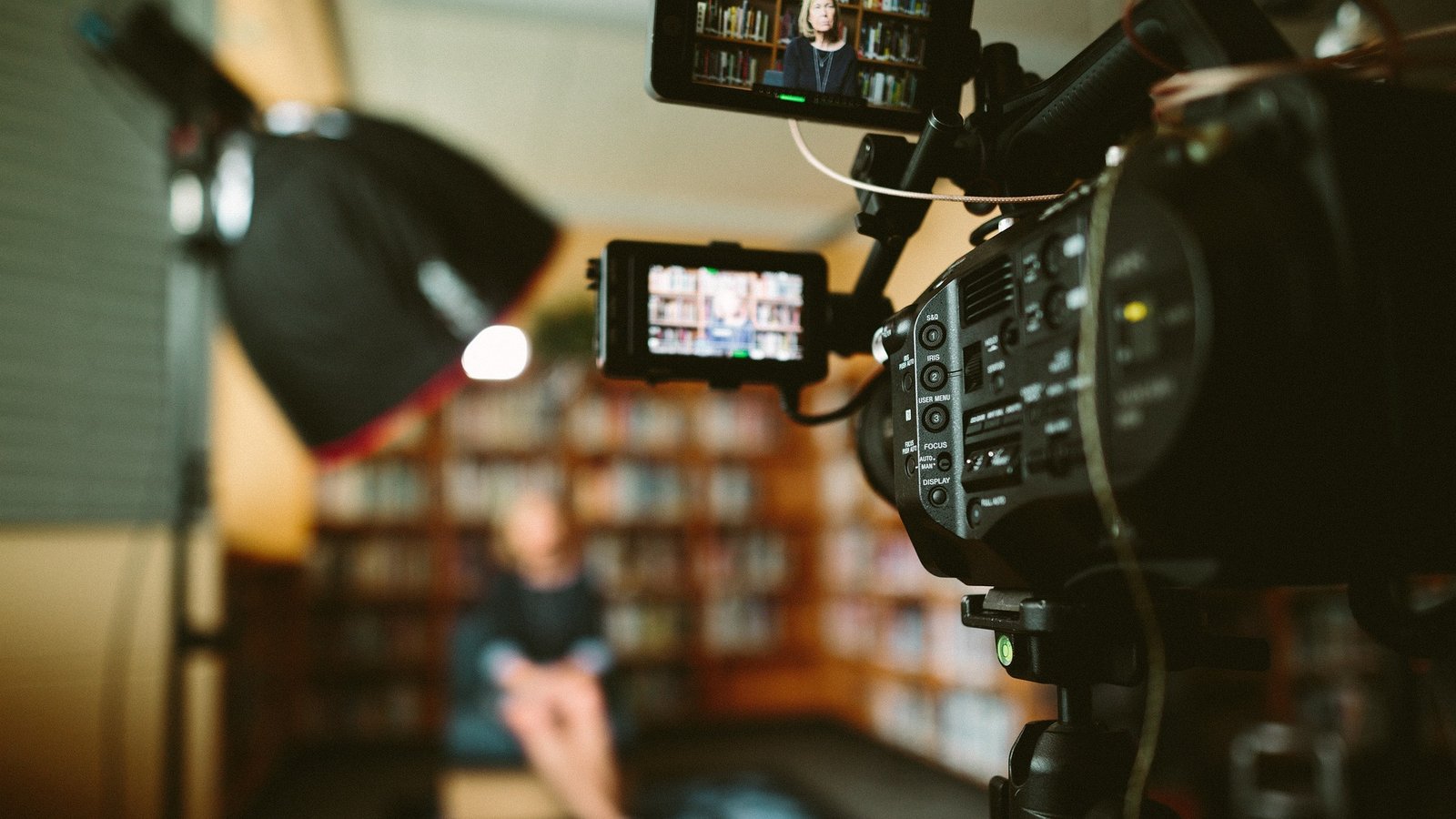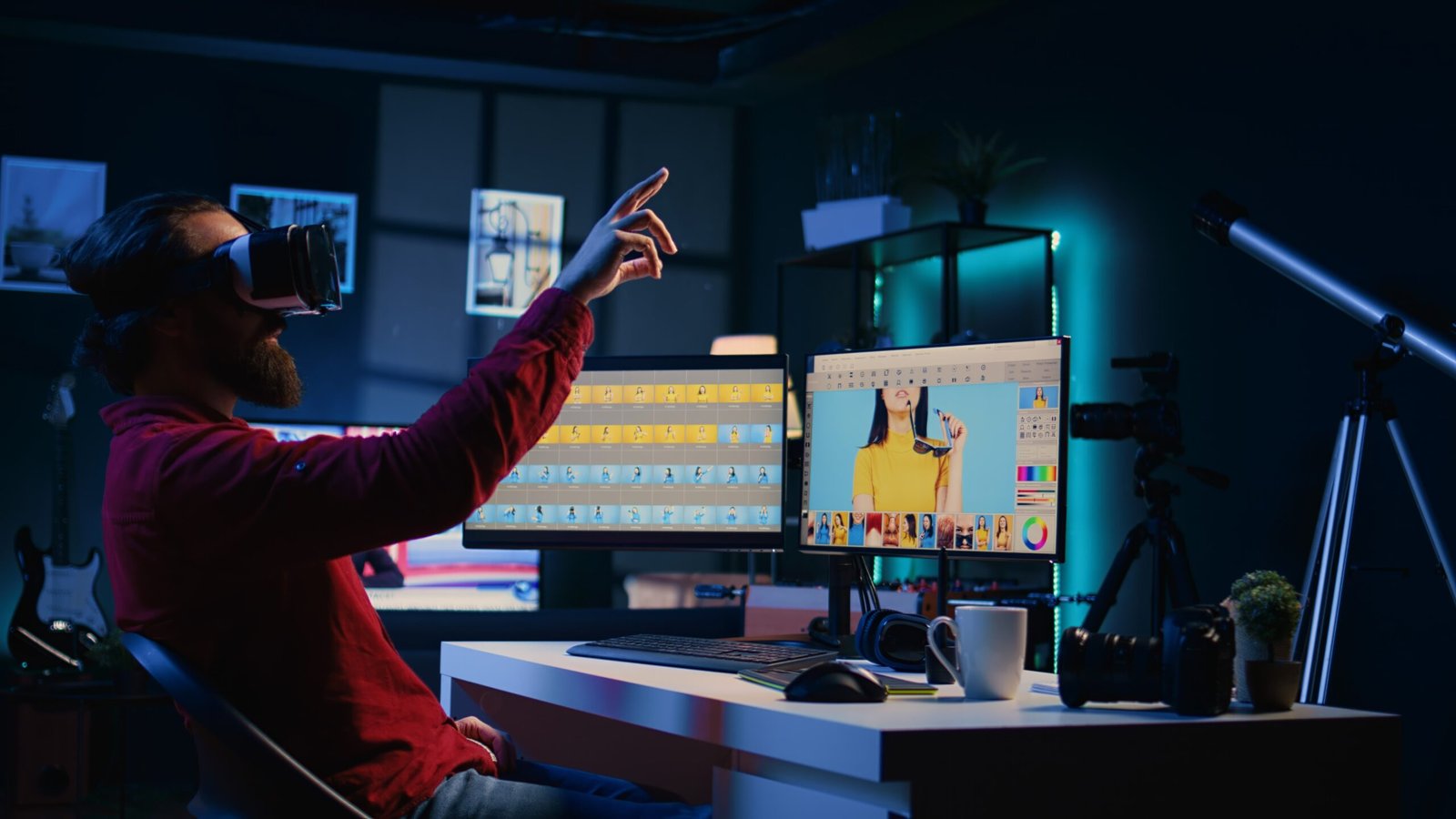

Experimental typography is an innovative approach that transcends traditional font design, allowing designers to explore new dimensions of visual communication. This trend is gaining momentum in 2024, as it offers a means to express brand personality and evoke emotions through unique typographic styles. By breaking away from conventional structures, experimental typography creates visually engaging content that resonates with audiences on a deeper level.
The Rise of Experimental Typography
The growing popularity of experimental typography can be attributed to several factors:
Expression of Brand Identity: Unique typefaces help brands stand out, conveying their personality and values effectively.
Emotional Engagement: Experimental typography can evoke strong emotional responses, making content more memorable and impactful.
Alignment with Maximalist Design Trends: As design trends shift towards maximalism, experimental typography fits seamlessly into this vibrant aesthetic, characterized by bold colors and complex layouts.
Techniques for Implementing Experimental Typography
Designers can employ various techniques to create compelling experimental typography. Here are some effective methods:
- Mixing Different Typefaces: Combine contrasting typefaces—like pairing a serif with a sans-serif or incorporating script fonts—to generate unique visual combinations. This technique encourages creativity and can yield surprising results.
- Layering Textures and Colors: Use layers of typefaces with diverse colors and patterns to add depth and interest. This approach enhances the visual complexity of the design.
- Handwritten Fonts: Experiment with your own handwriting to develop custom typefaces. Handwritten styles carry personal character, making them distinct and relatable.
- 3D Typography: Incorporate three-dimensional elements into your designs. This technique allows for exploration of volume, space, and movement, creating a more immersive experience.
- Animation and Kinetic Typography: Bring text to life through animation, adding dynamism to your designs. Kinetic typography captures attention and enhances user engagemen.
- Glitch Effects: Utilize distorted or pixelated text to convey a sense of disruption and experimentation. This style can create a modern, edgy feel that resonates with contemporary audiences.
When to Use Experimental Typography
While experimental typography can be powerful, it is essential to consider the context in which it is used:
Creative Audiences: Ideal for brands targeting artistic or tech-savvy demographics.
Highlighting Key Areas: Effective for headers or calls-to-action where attention is crucial.
Brand Personality Showcase: Perfect for brands seeking to make bold visual statements.
Artistic Portfolios: Essential for creative showcases where innovation is key.
Balancing Readability and Creativity
One of the challenges in using experimental typography is maintaining readability while pushing creative boundaries. Here are some tips:
Prioritize Legibility: Ensure that your typography enhances user experience without sacrificing clarity.
Test Across Platforms: Check how your designs appear on different devices and browsers to ensure consistency.
Use CSS and JavaScript Wisely: Leverage these tools for effects or animations that enhance your typography without compromising performance.






